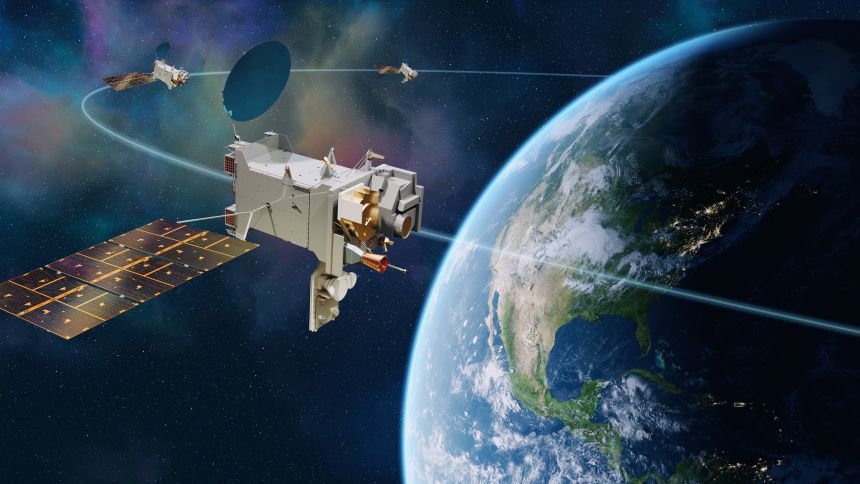The National Oceanic and Atmospheric Administration is narrowing the capabilities and reducing the number of next-generation weather and climate satellites it plans to build and launch in the coming decades, two people familiar with the plans told CNN.
This move — which comes as hurricane season ramps up with Erin lashing the East Coast — fits a pattern in which the Trump administration is seeking to not only slash climate pollution rules, but also reduce the information collected about the pollution in the first place. Critics of the plan also say it’s a short-sighted attempt to save money at the expense of understanding the oceans and atmosphere better.
Two planned instruments, one that would measure air quality, including pollution and wildfire smoke, and another that would observe ocean conditions in unprecedented detail, are no longer part of the project, the sources said.
“This administration has taken a very narrow view of weather,” one NOAA official told CNN, noting the jettisoned satellite instruments could have led to better enforcement and regulations on air pollution by more precisely measuring it.
The cost of the four satellites, known as the Geostationary Extended Observations, nicknamed GeoXO, would be lower than originally spelled out under the Biden administration, at a maximum of $500 million per year for a total of $12 billion, but some scientists say the cheaper up-front price would come at a cost to those who would have benefited from the air and oceans data.
“Our information will be less rich, and our understanding of the whole phenomenon of a hurricane event, or of a fire event or of a drought event will be lesser because we don’t have these context information instruments adding real time, integrated understanding of the events,” the official stated.
Both instruments were already contracted to BAE Systems, which could now charge cancelation fees.
The changes are aimed at curtailing costs and are due in part to the perception that some of the instruments were going to be focused on gathering data to study climate change. According to a Trump administration budget document, weather forecasting should be the “exclusive” focus of the satellites.
In addition to the reduced number of instruments, NOAA is now only building four satellites as part of the constellation, rather than six, with the first set to launch in 2032.

Having fewer satellites in the sky means less redundancy and raises the risk of critical data outages, the NOAA official stated. “It’s gambling with the continuity of an operational system that we’ve relied on since the early 70s,” they said.
The satellite series is meant to be the successor to the GOES satellites, which provide a wealth of data for weather forecasting, with the first launch set for 2032 and service lasting through 2055.
CNN has contacted NOAA for comment.
The atmospheric composition instrument, for example, would have enabled scientists to more precisely measure air pollutants, which could help reduce health risks from wildfire smoke events.
It would also enhance US capabilities to conduct air quality monitoring and forecasting, as well as keep tabs on emissions of greenhouse gases and the pollutants that form smog.
The atmospheric composition instrument would have been beneficial for both NOAA’s weather and climate missions, according to an assessment of the instrument’s value that NOAA performed and was signed off on by the Commerce Department, which oversees NOAA.
The instrument, the report said, “is fundamental to understanding changes in air quality, the stratospheric ozone layer, and climate, as well as their corresponding impacts on human health and natural and engineered ecosystems.”
The report warned that without the instrument on GeoXO, the US would risk falling behind other countries’ air quality monitoring capabilities, jeopardizing America’s longtime leadership in Earth observations.
Also cut from the planned GeoXO series of satellites is an instrument that would measure ocean color, which could provide insights into fisheries populations, algal blooms, ocean productivity and water quality.
While it is not unheard of for NOAA or Congress to alter major satellite series, given a history of cost and schedule overruns in NOAA satellite programs, cancelling already contracted instruments — and doing so in part due to the administration’s determination to focus NOAA more narrowly on weather forecasting, and away from climate change observations and research — stands out.
The Trump administration’s fiscal year 2026 budget request would close NOAA’s extensive research facilities, shutting down its greenhouse gas monitoring network, among others. Congress is currently considering that proposal.



